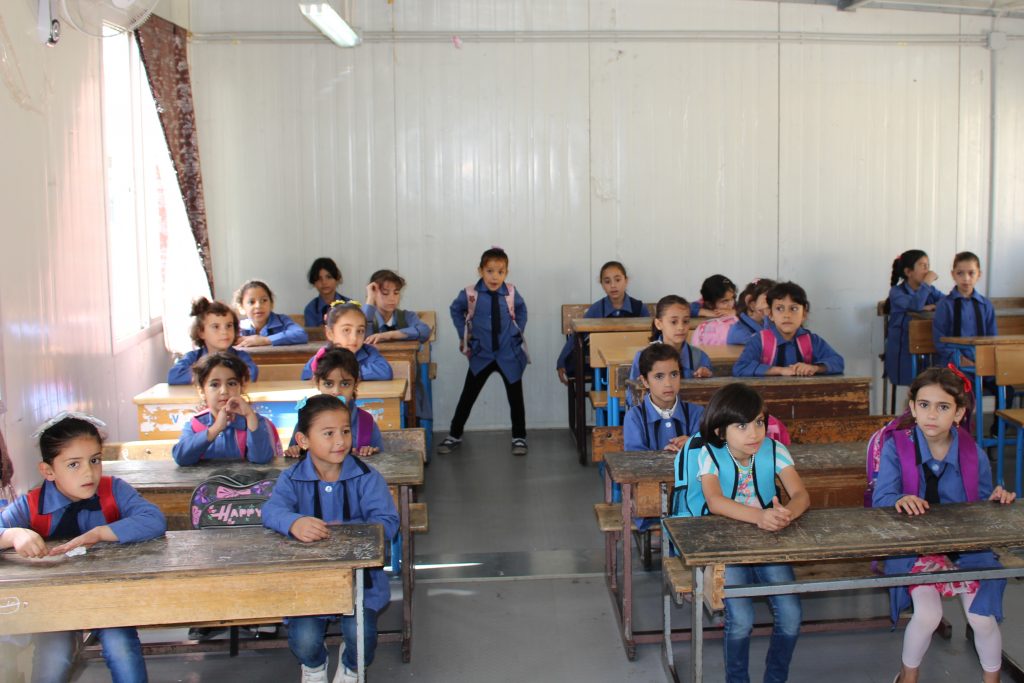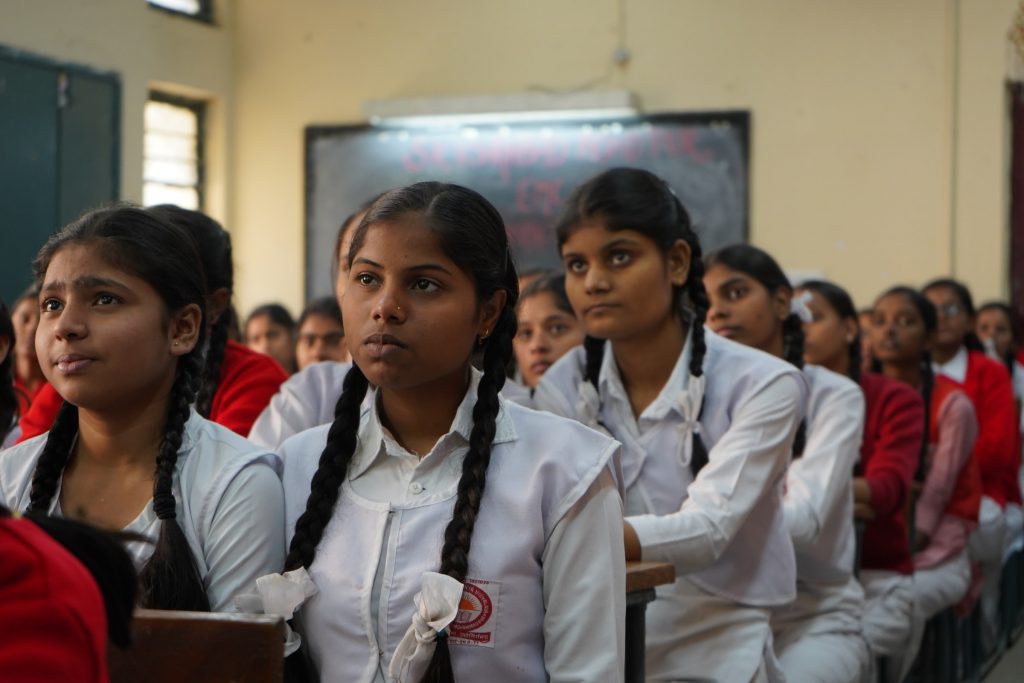79 Education
Martha Lally; Suzanne Valentine-French; and Dinesh Ramoo
Remember the ecological systems model that we explored in chapter one? This model helps us understand an individual by examining the contexts in which the person lives and the direct and indirect influences on that person’s life. School becomes a very important component of children’s lives during middle and late childhood, and both parents and culture contribute to children’s experiences in school as indicated by the ecological systems model through their interaction with the school.
Parental involvement in school: Parents vary in their level of involvement with their children’s schools. Teachers often complain that they have difficulty getting parents to participate in their child’s education and devise a variety of techniques to keep parents in touch with daily and overall progress. For example, parents may be required to sign a behaviour chart each evening to be returned to school or may be given information about the school’s events through websites and newsletters. There are other factors that need to be considered when looking at parental involvement. To explore these, first ask yourself if all parents who enter the school with concerns about their child will be received in the same way.
Horvat (2004) found that teachers seek a particular type of involvement from particular types of parents. While teachers thought they were open and neutral in their responses to parental involvement, in reality teachers were most receptive to support, praise, and agreement coming from parents who were most similar in race and social class with the teachers. Parents who criticized the school or its policies were less likely to be given a voice. Parents who have higher levels of income, occupational status, and other qualities favoured in society have family capital. This is a form of power that can be used to improve a child’s education. Parents who do not have these qualities may find it more difficult to be effectively involved. Horvat (2004) suggests that teachers closely examine their biases against parents. Schools may also need to examine their ability to dialogue with parents about school policies in more open ways. Any efforts to improve effective parental involvement should address these concerns.
Cultural Differences in the Classroom
Cultures and ethnic groups differ not only in languages, but also in how languages are used. Since some of the patterns differ from those typical of modern classrooms, they can create misunderstandings between teachers and students (Cazden, 2001; Rogers, et al., 2005).

Consider these examples:
- In some cultures, it is considered polite or even intelligent not to speak unless you have something truly important to say. Chit-chat, or talk that simply affirms a personal tie between people, is considered immature or intrusive (Minami, 2002). In a classroom, this habit can make it easier for a child to learn not to interrupt others, but it can also make the child seem unfriendly.
- Eye contact varies by culture. In many African-American and Latin-American communities, it is considered appropriate and respectful for a child not to look directly at an adult who is speaking to them (Torres-Guzman, 1998). In classrooms, however, teachers often expect a lot of eye contact (as in “I want all eyes on me!”) and may be tempted to construe lack of eye contact as a sign of indifference or disrespect.
- Social distance varies by culture. In some cultures, it is common to stand relatively close when having a conversation; in others, it is more customary to stand relatively far apart (Beaulieu, 2004). Problems may happen when a teacher and a student prefer different social distances. A student who expects a closer distance than does the teacher may seem overly familiar or intrusive, whereas one who expects a longer distance may seem overly formal or hesitant.
- Wait time varies by culture. Wait time is the gap between the end of one person’s comment or question and the next person’s reply or answer. In some cultures wait time is as long as three or four seconds (Tharp and Gallimore, 1989). In others it is a negative gap, meaning that it is acceptable, even expected, for a person to interrupt before the end of the previous comment. In classrooms the wait time is customarily about one second; after that, the teacher is likely to move on to another question or to another student. A student who habitually expects a wait time longer than one second may seem hesitant, and not be given many chances to speak. A student who expects a negative wait time, on the other hand, may seem overeager or even rude.
- In most non-Anglo cultures, questions are intended to gain information, and it is assumed that a person asking the question truly does not have the information requested (Rogoff, 2003). In most classrooms, however, teachers regularly ask test questions, which are questions to which the teacher already knows the answer and that simply assess whether a student knows the answer as well (Macbeth, 2003). The question, “How much is 2 + 2?” for example, is a test question. If the student is not aware of this purpose, he or she may become confused, or think that the teacher is surprisingly ignorant. Worse yet, the student may feel that the teacher is trying deliberately to shame the student by revealing the student’s ignorance or incompetence to others.

- Some people have a preference for activities that are cooperative rather than competitive. Many activities in school are competitive, even when teachers try to de-emphasize the competition. Once past the first or second year of school, students often become attentive to who receives the highest marks on an assignment, who is the best athlete at various sports, or whose contributions to class discussions gets the most verbal recognition from the teacher, for example (Johnson and Johnson, 1998). A teacher may deliberately organizes important activities or assignments competitively, as in “Let’s see who finishes the math sheet first.” Classroom life can then become explicitly competitive, and the competitive atmosphere can interfere with cultivating supportive relationships among students or between students and the teacher (Cohen, 2004). For students who give priority to these relationships, competition can seem confusing at best and threatening at worst. A student may wonder, “What sort of sharing or helping with answers is allowed?” The answer to this question may be different depending on the cultural background of the student and teacher. What the student views as cooperative sharing may be seen by the teacher as laziness, freeloading, or even cheating.
Media Attributions
- Figure 5.16: How do classrooms accommodate different cultures? © SuSanA Secretariat is licensed under a CC BY (Attribution) license
- Figure 5.17: Young female students. © Yogendra Singh is licensed under a Public Domain license

